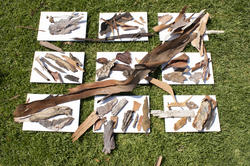Students traveled to Australia over Wintersession for an intensive variation on RISD’s long-running Witness Tree course.
Witness Tree 2022 Examines Conservation
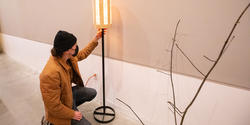
How might wooden objects created by RISD students help to reshape the largely mythical narrative surrounding our National Park Service (NPS)? The question was posed by visiting scholar and former NPS Superintendent Rolf Diamant, who oversaw the planning of Marsh-Billings-Rockefeller National Historical Park in Woodstock, VT back in the 1990s. Diamant spoke to students about the positive and negative issues surrounding the park’s creation in this year’s Witness Tree Project class cotaught by Vice Provost and History, Philosophy and the Social Sciences Professor Daniel Cavicchi and longtime Furniture Design faculty member Dale Broholm.
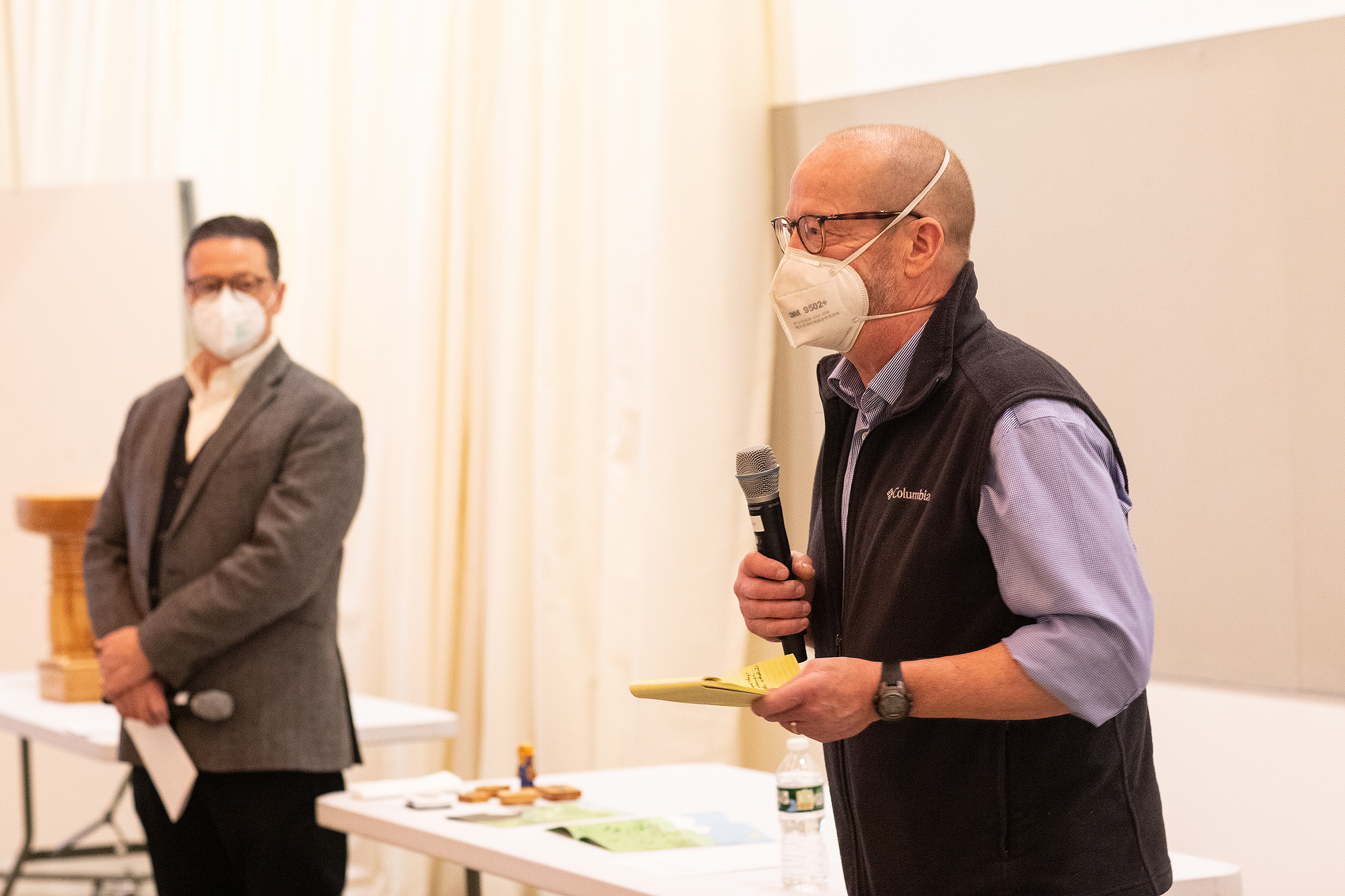
Now in its 11th iteration, Witness Tree Project combines historical research with hands-on woodworking using long-standing trees that were present for key moments in American history. NPS ships the fallen trees from historic sites—in this case, the Marsh-Billings-Rockefeller park—to RISD, where students interpret the history the tree witnessed and make relevant objects from its wood.
“This site served as a catalyst for the 19th-century American conservation movement and offers many ways to explore... its ideological complexities.”
“This site served as a catalyst for the 19th-century American conservation movement and offers many ways to explore the emergence of conservation and its ideological complexities,” Cavicchi explains. “We’re studying related debates about resources, stewardship, restoration, protection and justice from the colonial occupation of Abenaki lands to the development of national parks at the turn of the century.”
This year’s students worked with maple marked by powderpost beetles, which had infested the lumber while it was drying.
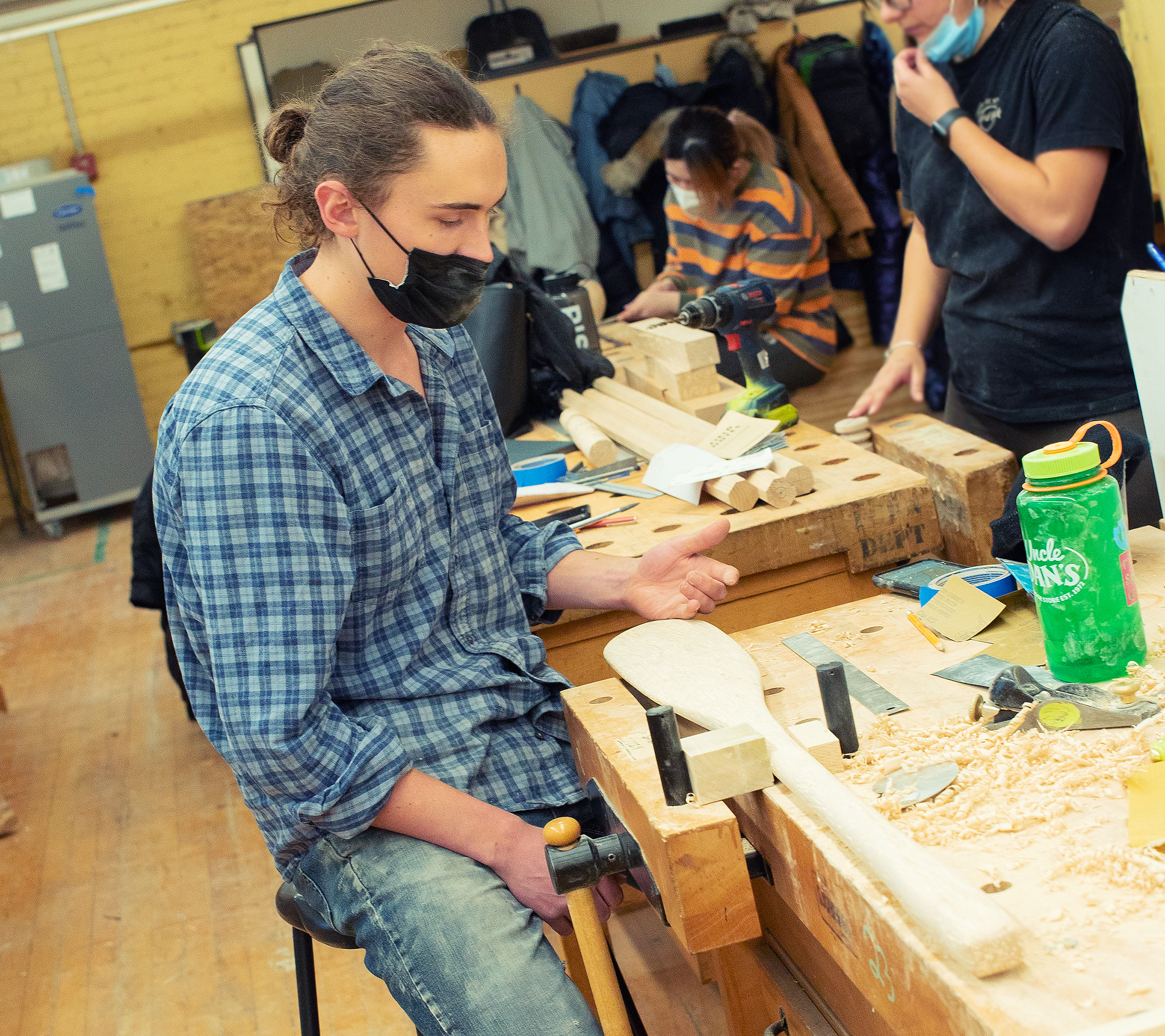
“The first project I created from the wood was a paddle based on the ones Abenaki people used to navigate area waterways long before the park was created,” says junior Davis Humphrey 23 ID. He allowed the beetles’ trails to shine through in his piece, mimicking the way the park’s rivers cut through the landscape.
Junior Jan Rybczynski 23 FD also explored Indigenous culture, using ash saplings to make frame-style snowshoes inspired by Ojibwe design. “Snowshoes gave native peoples a distinct advantage over colonizers,” he says. “My research has really focused on the benefits of subsistence living versus land ownership and capitalism.”
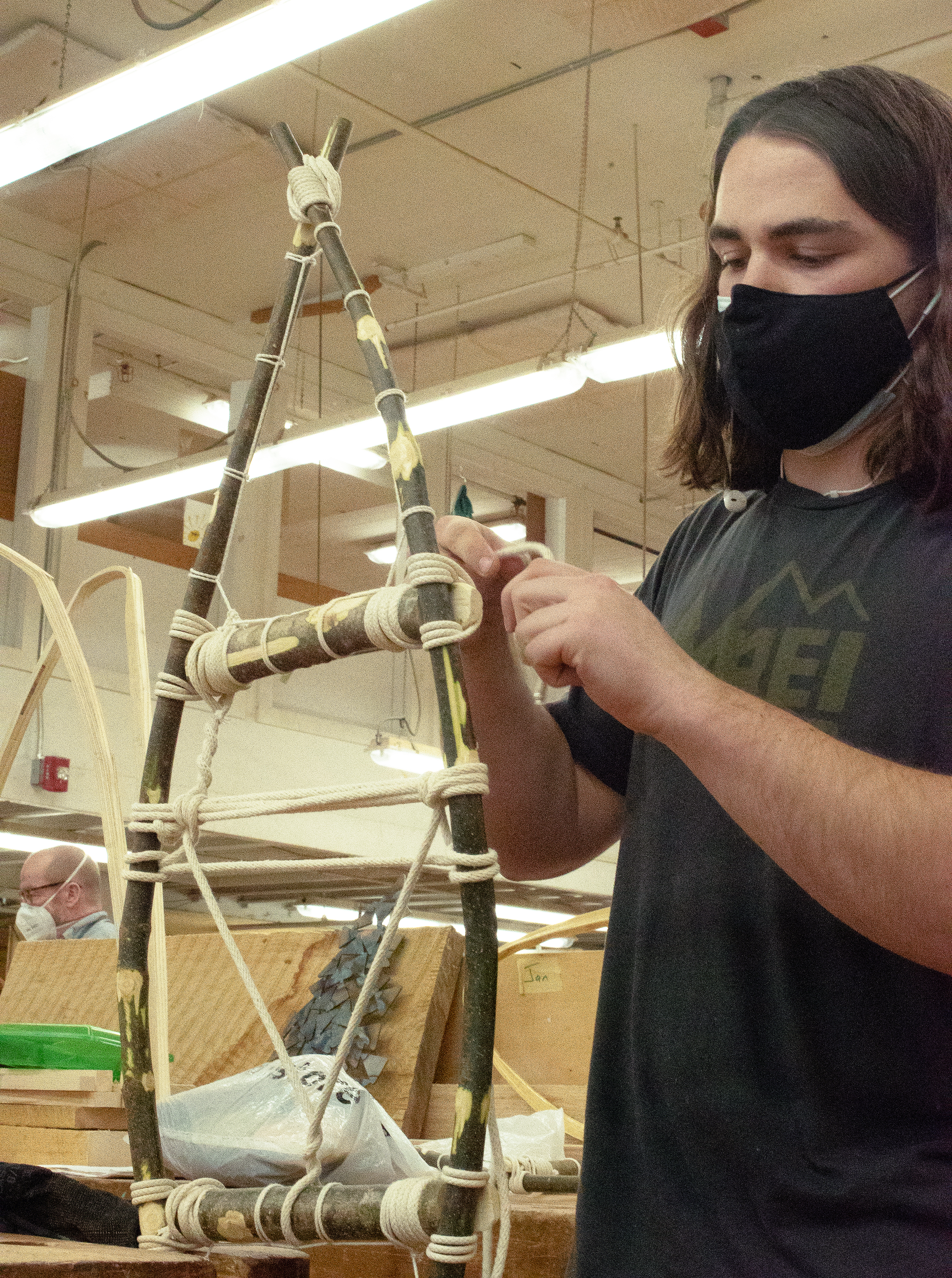
Other students focused on the landscape’s deforestation by white settlers, who cut down almost all of the native trees in the late 1700s to create pastures for raising sheep. Early environmentalist George Perkins Marsh (one of the park’s namesakes), who was raised on the site in the early 1800s, wrote a treatise called Man and Nature in 1864 reflecting on the long-term impacts of humans on the land.
“My research has really focused on the benefits of subsistence living versus land ownership and capitalism.”
Marsh’s prescient observations inspired the class’s final assignment in which they created objects expressing his concerns and the consequences of ignoring them. Students presented their work at the end of Wintersession and heard feedback from Cavicchi and Broholm as well as visiting critic (and former Industrial Design faculty member) Matt Kressy 88 ID.
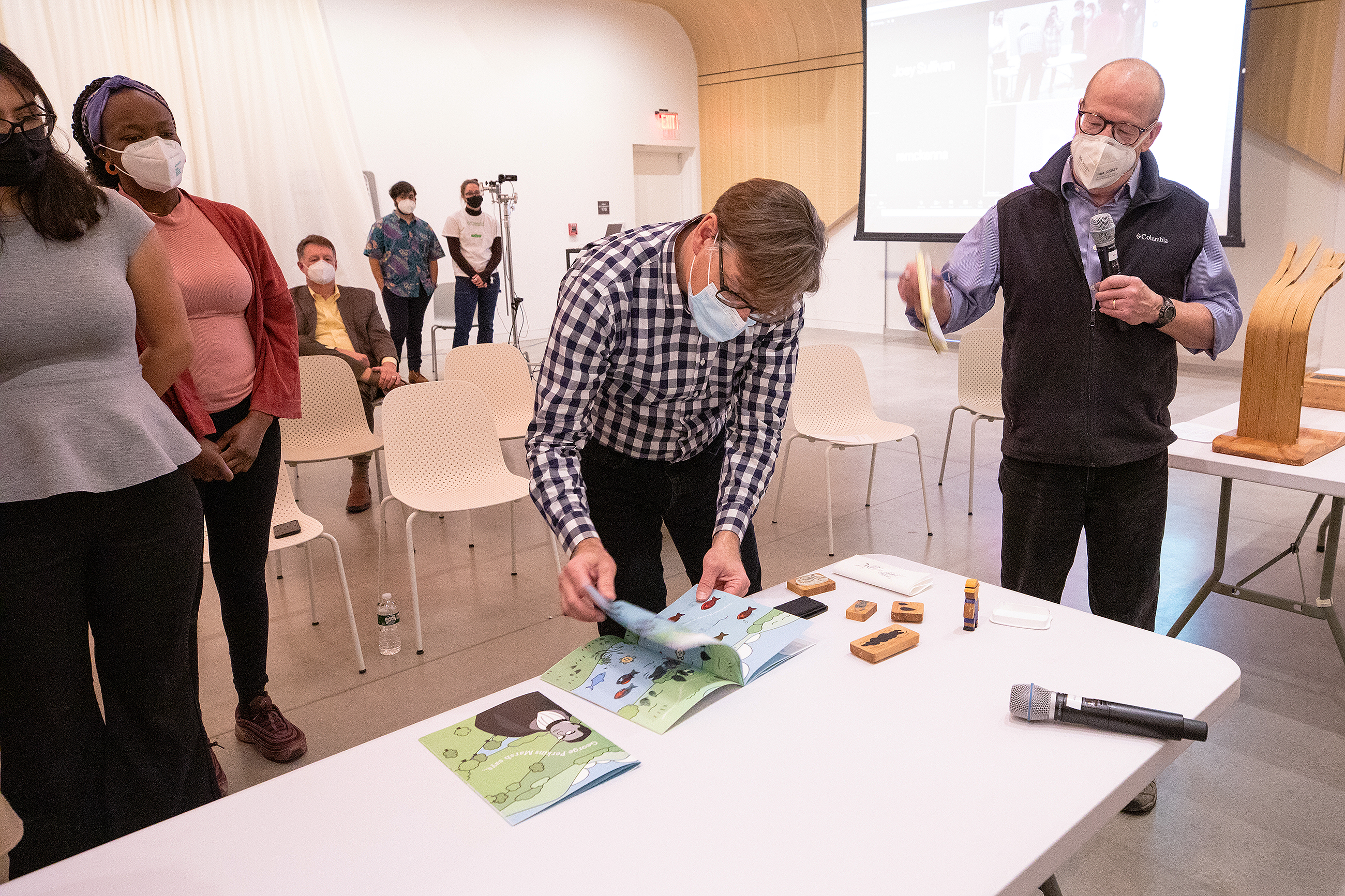
Graphic Design major Monet Fukawa 23 GD created a picture book and accompanying set of wooden stamps reflecting Marsh’s concerns about clearing the land. Users were instructed to cover the colorful landscape with black ink representing Marsh’s concerns about the effects of farming and pollution. Broholm described the piece as “informative, educational and exploratory,” and Kressy pointed out that like the ink spots, “our impact on the land is cumulative.”
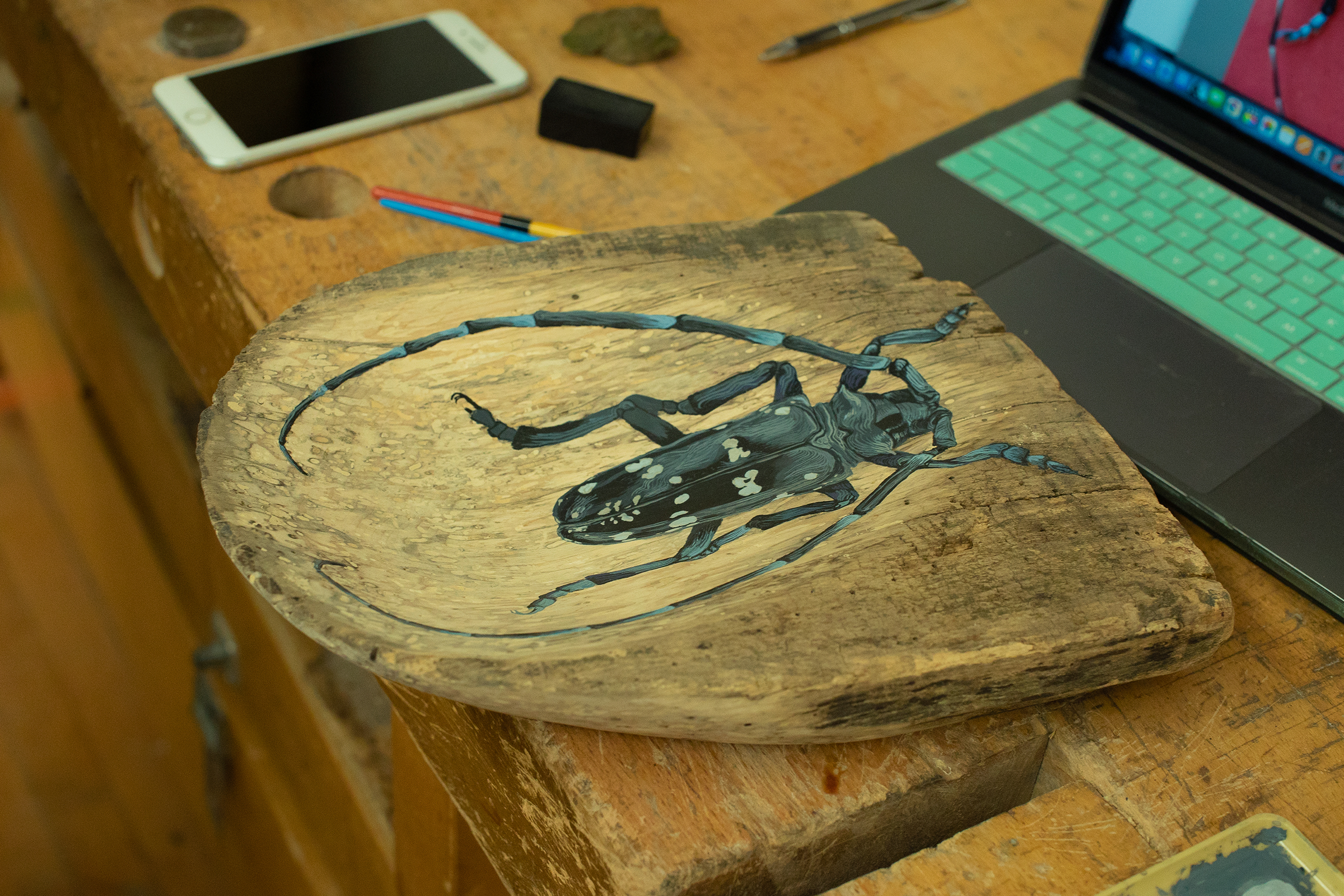
Junior Jimmy Xiaosheng 23 ID began his project by interviewing park personnel and creating a user experience map, which ultimately led him to design a wooden bench for the park complete with a flat surface and magnifying glasses that would allow visitors to study pinecones and other natural ephemera. Kressy appreciated his human-centered design process, and Cavicchi liked the way the piece prompts different kinds of observation.
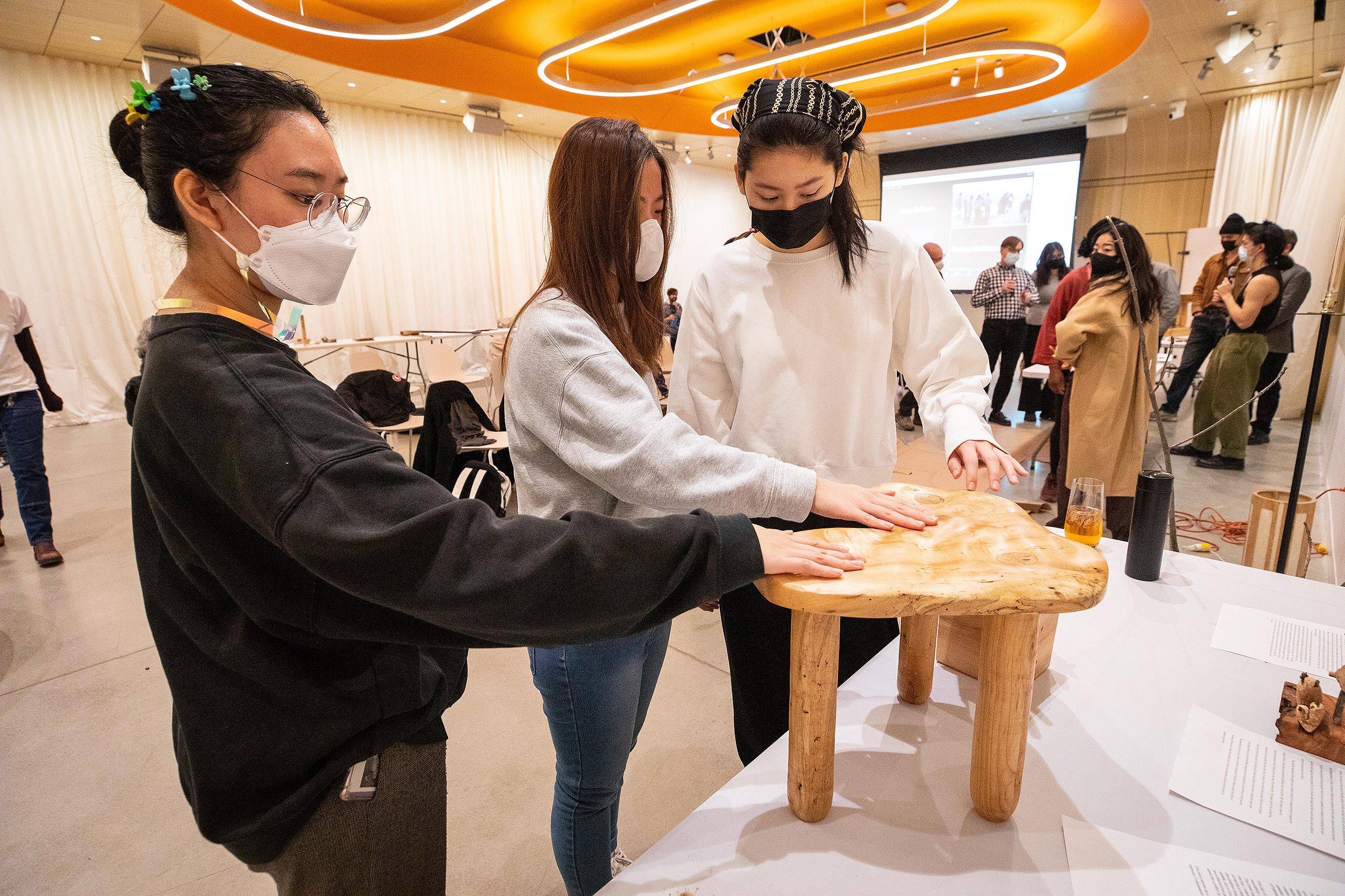
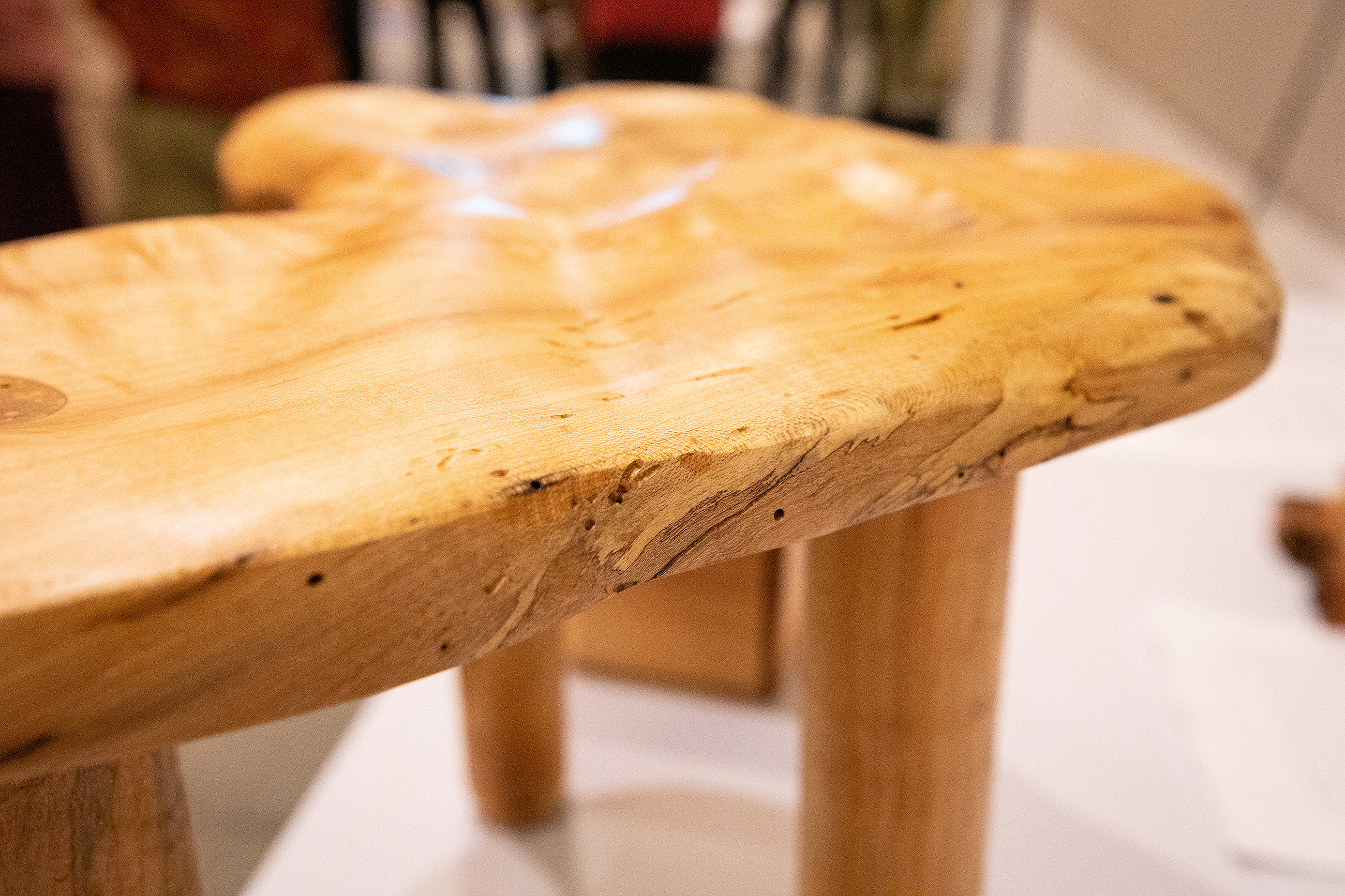
Sophomore Emily Lo BArch 25 presented a stool whose rough-hewn top represents a pond inside the park paired with perfectly smooth legs meant to contrast the organic form of the top. She created the top using a grinder and an orbital sander and confessed that her careful plans went out the window once she got into the shop and started carving. Broholm approved of that organic approach but would have liked to see even more contrast in the legs. Kressy agreed and wondered (from his perch atop the stool) if industrial pipe legs would have been a better choice.
A much smaller piece came from grad student Jocelyn Yokow MDEs 22, who carved a wooden representation of a pocket watch with its hands permanently stopped at midnight. That element of the design, she explains, is intended to be a symbolic reminder that time to undo our damage is running out. Ever the optimist, Cavicchi points out that “midnight is also the beginning of a new day.”
—Simone Solondz / photos by Jo Sittenfeld MFA 08 PH and Alex Pizzuti 17 FAV
February 17, 2022
